Vitamin D, often hailed as the “sunshine vitamin,” is more than just a nutrient. It’s a powerful antioxidant that plays a crucial role in numerous bodily functions. From bolstering your immune system to promoting strong bones and muscles, vitamin D is essential for overall health and well-being.
Women, in particular, are often advised by healthcare professionals to prioritize vitamin D intake due to its role in hormonal balance and bone health.
If you’re looking to optimize your vitamin D levels, you may wonder about the best supplements on the market. There are plenty of effective ways to incorporate this vital nutrient into your daily routine and depending on what you’re looking for, you can choose from some of the top-rated vitamin D supplements available today.
Food Sources of Vitamin D

While many vitamins and minerals can be readily sourced from a balanced diet rich in organic foods, vitamin D presents a unique challenge. Few foods naturally contain significant amounts of this essential nutrient.
While not abundant, the following foods are among the best sources of vitamin D:
- Fatty Fish and Fish Liver Oils: These are the richest natural sources of vitamin D, particularly fatty fish like salmon, tuna, and mackerel.
- Egg Yolks: A modest source of vitamin D, especially from pasture-raised hens.
- Mushrooms: Certain types of mushrooms, particularly those exposed to UV light, can produce vitamin D.
- Fortified Foods: Many dairy products, including milk, cheese, and yogurt, are fortified with vitamin D. Additionally, some brands of orange juice and cereals are fortified with this nutrient.
The Role of Sunlight
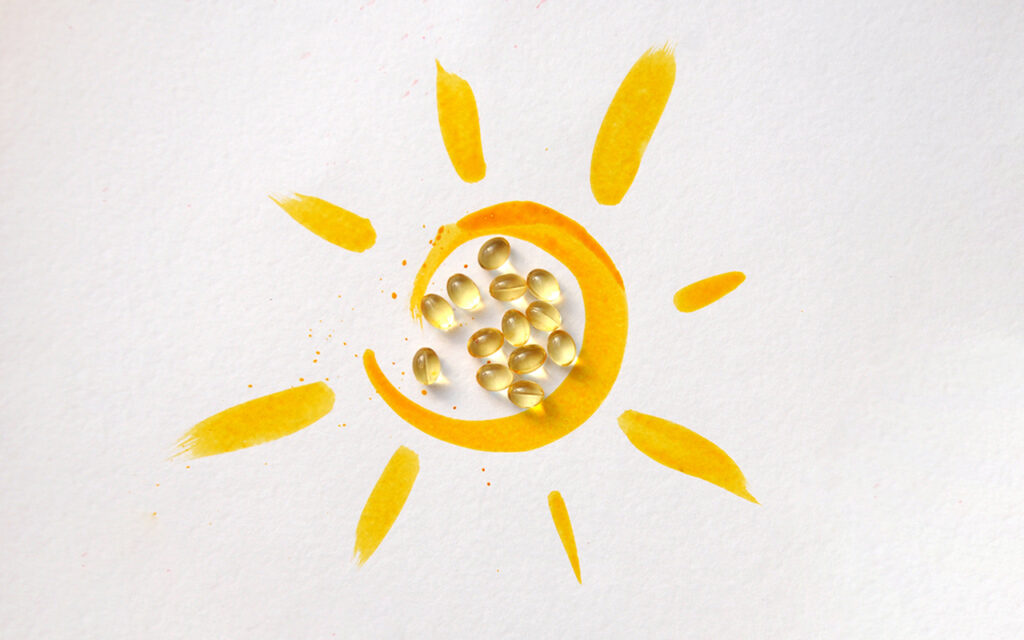
Given the limited dietary sources of vitamin D, sunlight is a crucial factor in its production. When exposed to sunlight, your skin synthesizes vitamin D. However, factors like geographic location, season, time of day, and skin pigmentation can influence the amount of vitamin D produced.
Balancing Sun Exposure and Skin Protection
It’s important to balance sun exposure with skin protection. While moderate sun exposure is beneficial, excessive sun exposure can lead to sunburn and increase the risk of skin cancer. To maximize vitamin D production while minimizing skin damage, consider these tips:
- Optimal Timing: Aim for sun exposure during the mid-morning or late afternoon when UV rays are less intense.
- Sun Protection: Wear sunscreen with a broad-spectrum SPF to protect your skin from harmful UV rays.
- Strategic Sunbathing: Expose larger areas of skin, such as your arms, legs, and back, to the sun.
- Consider a UV Lamp: For those with limited sun exposure, a UV lamp can be a useful tool to stimulate vitamin D production.
By understanding the dietary sources of vitamin D and the role of sunlight, you can take steps to ensure adequate levels of this essential nutrient. Remember, moderation is key, and consulting with a healthcare professional can help you determine your specific needs and develop a personalized plan.
Vitamin D2 vs. Vitamin D3: Which is Better?
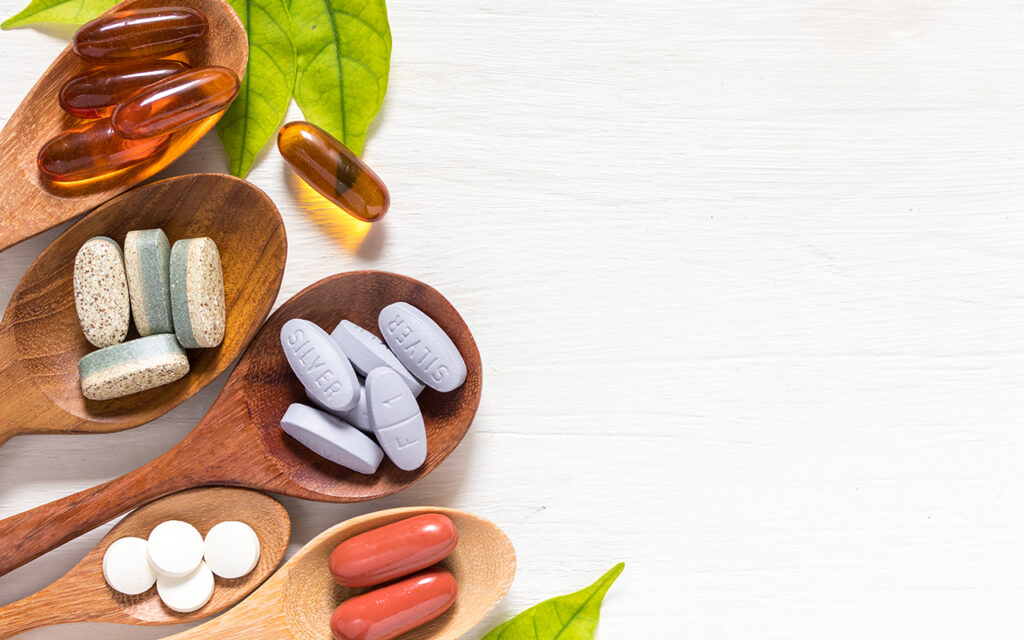
When exploring vitamin D supplementation, you’ll likely encounter two primary forms: vitamin D2 (ergocalciferol) and vitamin D3 (cholecalciferol). While both contribute to vitamin D levels in the body, they have distinct origins and potential differences in efficacy.
Vitamin D3
- Natural Source: Vitamin D3 is the form our bodies produce naturally when exposed to sunlight.
- Dietary Sources: It’s found in animal-based foods like fatty fish (salmon, tuna, mackerel), egg yolks, and liver.
- Supplementation: Vitamin D3 supplements are widely available and often preferred due to their similarity to the form our bodies produce naturally.
Vitamin D2
- Plant-Based Source: Vitamin D2 is primarily produced by plants, such as mushrooms, when exposed to UV light.
- Fortified Foods: It’s commonly added to fortified foods like cereals and plant-based milk alternatives.
- Supplementation: While D2 supplements are available, D3 is generally considered more effective, particularly for maintaining optimal blood levels.
Which is Better?
While both D2 and D3 can raise vitamin D levels, research suggests that D3 may be more effective in maintaining optimal blood levels and improving vitamin D deficiency. However, more research is needed to definitively determine the long-term effects of each form.
Ultimately, the best choice for you will depend on your individual needs and preferences. Consulting with a healthcare professional can help you determine the most suitable form and dosage of vitamin D supplementation.
Choosing the Best Vitamin D Supplement
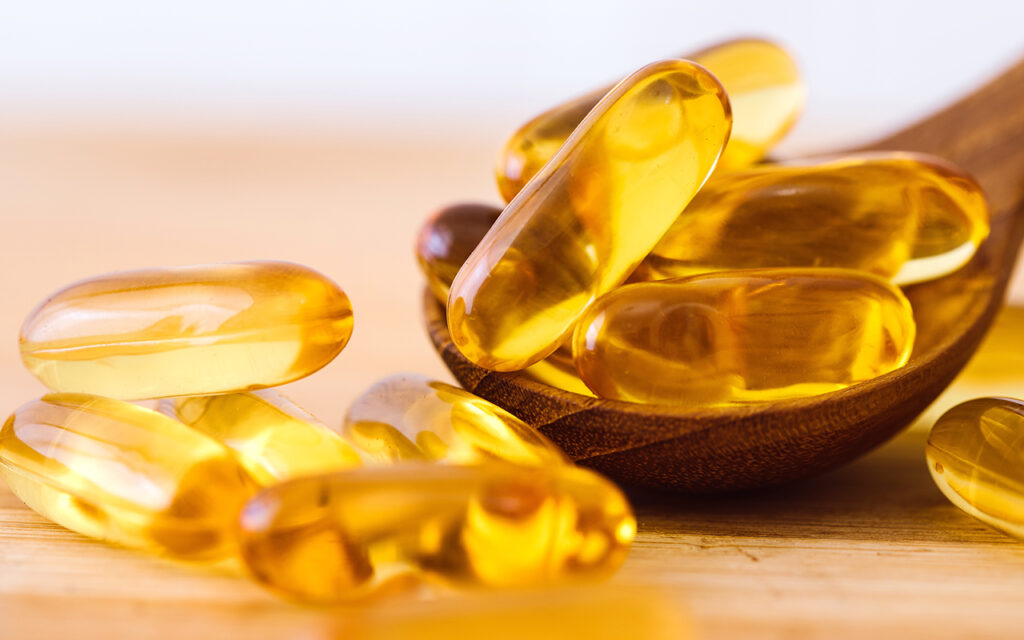
When it comes to selecting the best vitamin D supplement, several factors should be considered, including dosage, form, and additional ingredients. Here are some of the top-rated options available:
High-Potency Vitamin D3
- Pure Encapsulations Vitamin D3: This high-potency supplement offers 5,000 IU of vitamin D3, making it a popular choice for those seeking to optimize their vitamin D levels. It’s formulated to support various aspects of health, including bone, joint, immune, and heart health.
- NOW Foods Vitamin D3: This affordable option provides 5,000 IU of vitamin D3 and is widely available. It’s a good choice for those on a budget.
Vitamin D3 in Liquid Form
- MaryRuth’s Liquid Morning Multivitamin: This liquid multivitamin contains vitamin D3, along with other essential nutrients like vitamin C. It’s a convenient option for those who prefer liquid supplements or have difficulty swallowing pills.
Prescription Vitamin D
- Care/of Vitamin D: This prescription-strength vitamin D supplement can help support calcium absorption, bone health, and immune function. It’s a good option for individuals with severe vitamin D deficiency.
Additional Considerations

When choosing a vitamin D supplement, consider the following factors:
- Dosage: Your healthcare provider can help you determine the appropriate dosage based on your individual needs.
- Form: Vitamin D supplements are available in various forms, including capsules, softgels, and liquid.
- Additional Ingredients: Some supplements may contain additional ingredients, such as other vitamins, minerals, or herbal extracts.
- Brand Reputation: Choose a reputable brand that adheres to quality standards and has positive reviews.
Remember, it’s essential to consult with a healthcare professional before starting any new supplement regimen. They can provide personalized advice and help you choose the best vitamin D supplement for your specific needs.
Timing Your Vitamin D Intake: When is Best?
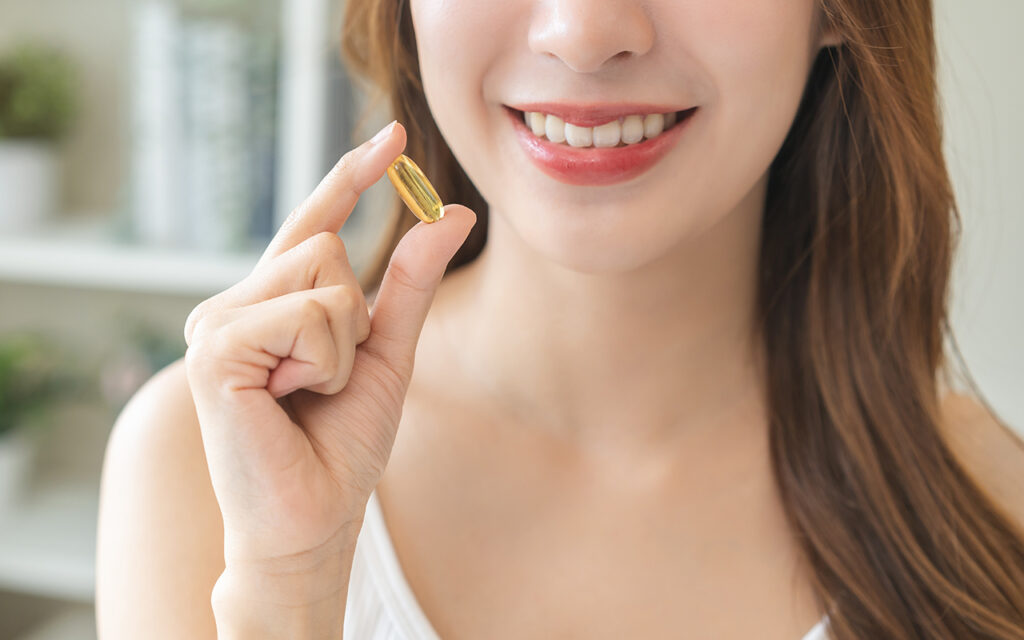
While the optimal time to take your vitamin D supplement can vary from person to person, there are a few general guidelines to consider:
Morning or Evening:
- Morning: Taking your vitamin D supplement with your morning meal can be a convenient way to start your day. This can help improve nutrient absorption, especially when taken with a meal containing fats, such as eggs or avocado.
- Evening: Some people prefer to take their vitamin D supplement in the evening. However, it’s important to be mindful of potential sleep disturbances. If you’re sensitive to supplements, taking them in the evening might affect your sleep quality.
Consistency is Key
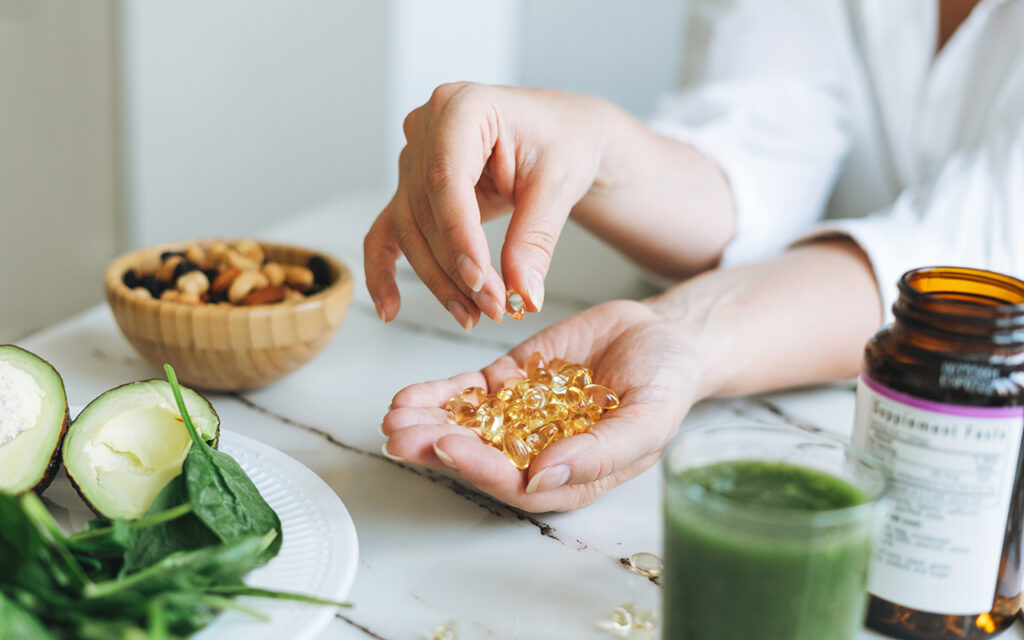
The most important factor in optimizing your vitamin D levels is consistency. Whether you choose to take your supplement in the morning or evening, sticking to a regular schedule is crucial.
How Long Does it Take to See Results?
It may take several weeks or even months to see significant improvements in your vitamin D levels. This is because vitamin D is a fat-soluble vitamin, which means it takes time for your body to absorb and utilize it.
Consulting Your Healthcare Provider
Before starting any new supplement, including vitamin D, it’s essential to consult with your healthcare provider. They can help you determine the appropriate dosage and timing based on your individual needs and health conditions.
By following these guidelines and working with your healthcare provider, you can effectively optimize your vitamin D intake and support your overall health.